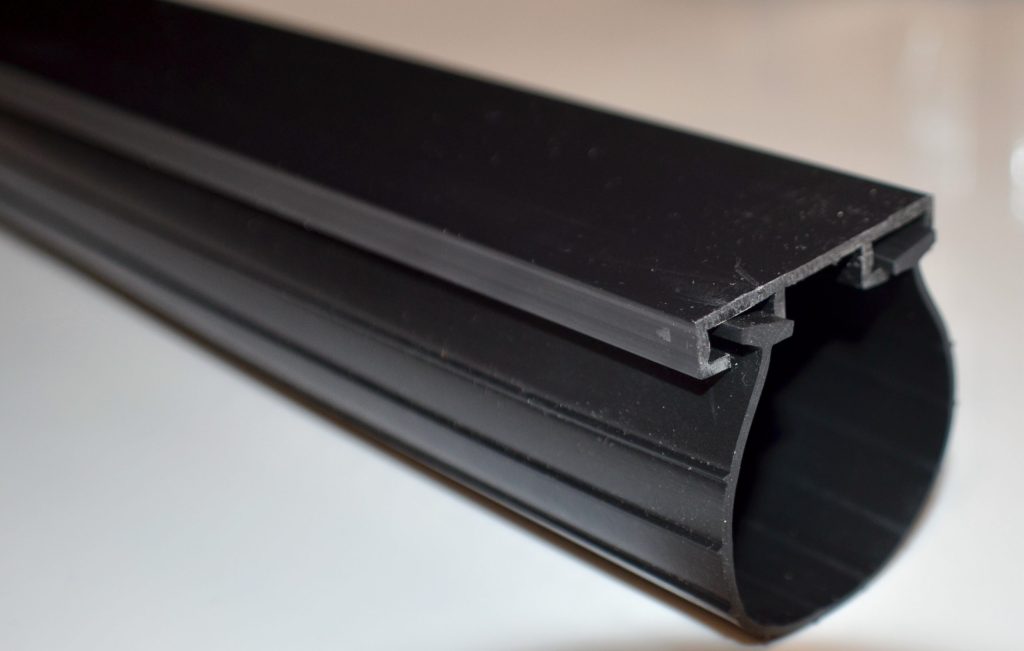Why should you seal your garage door? On top of assisting with energy efficiency, gaps between your garage door and it’s surroundings can allow water, dust, and even pests into your home. This can cause damage to stored items, water build-up, and more. Luckily, sealing your garage door is a pretty simple process that involves replacing the bottom door seal and the weather-stripping along the sides and top of the door. If you are looking for an extremely airtight seal, you can even weather-strip between the individual door panels! Ready to learn the process? Keep reading.
Sealing the Door Sweep
The door sweep, also known as the bottom seal, is a long strip that attaches to the bottom edge of the garage door. The flexible material compresses when the door closes, effectively sealing the gap and keeping out weather, critters, and water. How do you know if it’s time to replace the bottom seal? You will be able to see daylight peaking through the cracks! Installing the rubber or vinyl seal is pretty easy. There is an aluminum channel on the bottom of the door that holds a U-Shaped Rubber Gasket. The gasket easily slides into two small tracks on the channel and voila! These gaskets can even be adapted to wooden garage doors for simple installation.
The Threshold Seal
The threshold seal is very similar to the bottom seal of a garage door. The only difference is the seal attaches to the floor rather than the door. Typically, thresholds are more durable than door seals and are installed with an adhesive that sticks to the ground. However, it is important to note that thresholds block water from exiting the garage just as much as they block water from entering, and make it a bit more difficult to sweep debris out.
Garage Door Weather-stripping
The sides around the door are susceptible to wind and rain. To prevent this from occurring, a rubber or vinyl weather-stripping can be installed along the stop molding that is attached to the door jamb. Weather-stripping comes in rolls which are easily cut to the length you need, and further installed with galvanized nails or screws. Make sure the flange of the weather-stripping presses against the door for a good seal.
Looking for more DIY tips and knowledge? Contact our team at Info@adamsdoorsystems.com today!







